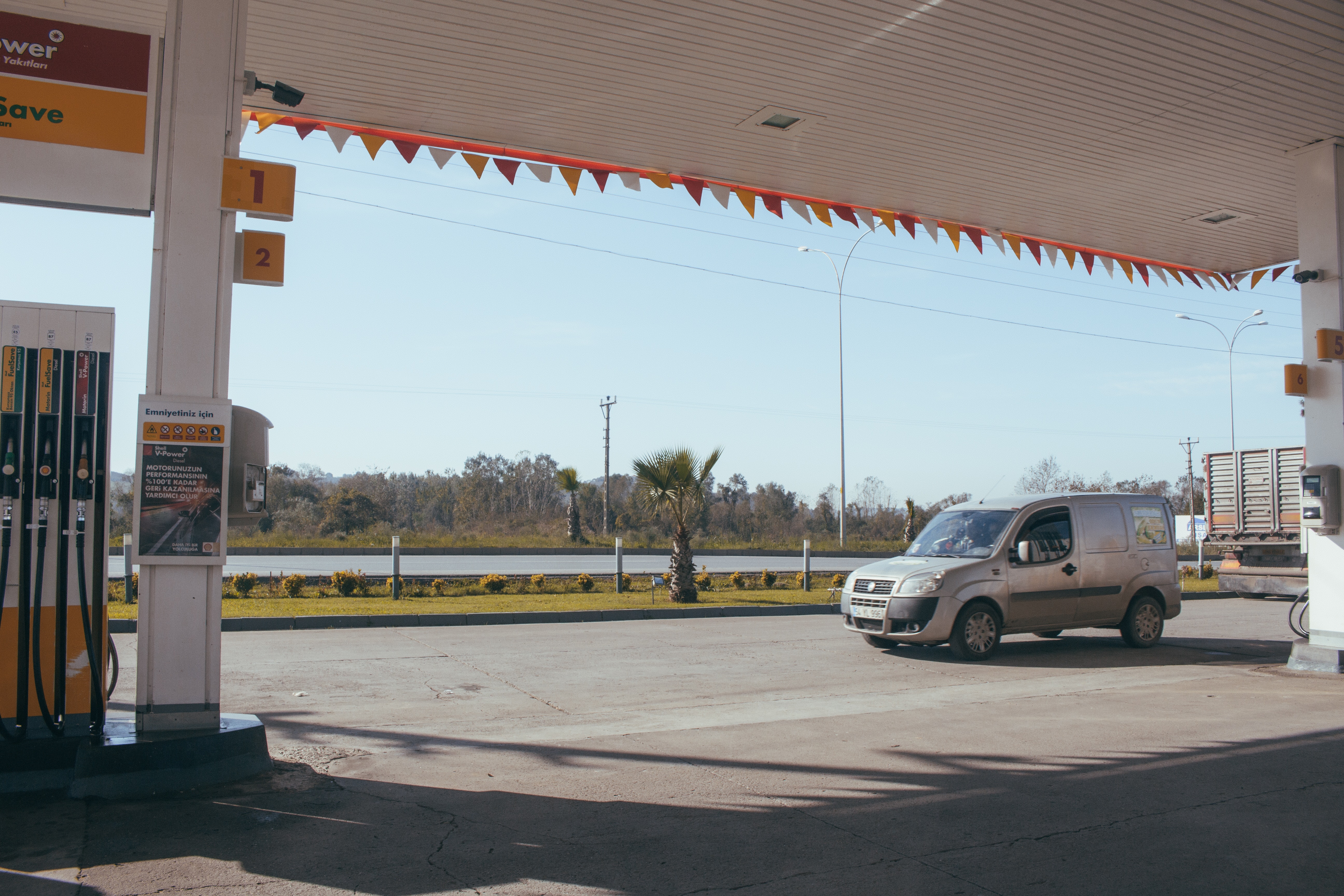
We may be leaving the EU in January 2021, but European van emission regulations still apply. Here’s the all you need to know about keeping within EU emissions guidelines when driving in continental Europe with the introduction of a new testing system.
Under Brexit the United Kingdom left the European Union on January 31, 2020. A transition period is now in place until 31 December 2020 and during this period the UK must comply with all EU rules and laws including those associated with driving on the continent. Whether or not an agreement is reached on the new relationship between the UK and the EU, those laws still remain in force and UK car and van drivers must obey them or face legal penalties.
According to the UK government, greenhouse gas (GHG) emissions from road transport in the UK have increased more slowly than the rise in road traffic, by 6 percent from 1990 to 2017. In 2017, GHG emissions from road transport made up around a fifth of the UK’s total GHG emissions. The good news is that emissions of many pollutants that are particularly damaging to health, such as carbon monoxide (CO), nitrogen oxide (NOx) and particulate matter, have reduced following increasingly rigorous exhaust emission limits.
On April 17, 2019 the European Parliament implemented Regulation EU631 which introduces CO2 emission performance standards for new passenger cars and new vans for 2025 and 2030. This new regulation started applying on 1 January 2020 and has replaced and repealed the older regulation EC443 from the year 2009.
What is Euro 6?
Specifically, Euro 6 is the name given to a set of limits for harmful exhaust emissions produced by practically any petrol or diesel engine van or car. Since September 2015, manufacturers have been obliged to ensure that new car emissions don’t exceed those limits - as measured in an official test.
A Real Driving Emissions (RDE) test measures the pollutants, such as NOx, emitted by cars while driven on the road. RDE makes sure that cars and vans deliver low emissions over real time on-road conditions. Under an RDE test, a car is driven on public roads and over a wide range of different conditions. Special on-board equipment installed on the vehicle collects data to make sure that pollutant levels such as those found in NOx are not exceeded.
Conditions include driving at low and high altitudes, year-round temperatures, extra cargo payloads, hill driving, urban roads at low speed, rural roads at medium speed and motorways at high speed. The vehicles are fitted with Portable Emission Measuring Systems (PEMS) that provide a complete real-time monitoring of the key pollutants emitted by the particular car or van.
Given the increasing number of levies and fines being introduced for older vehicles, especially diesels, knowing your van’s Euro emissions rating is more important than ever if you are not to fall foul of European law.
It’s worth checking online (see the link below) to see which category your models fall into, though it roughly will be designated by when it was first registered, as listed below:
- Euro 1 - from December 31, 1992
- Euro 2 - from January 1, 1997
- Euro 3 - from January 1, 2001
- Euro 4 - from January 1, 2006 (common minimum standard for petrol cars)
- Euro 5 - from January 1, 2011
- Euro 6 - from September 1, 2015 (common minimum standard for diesel cars)
For diesels, the permitted level of NOx has been cut from 0.18g/km in Euro 5 to 0.08g/km in Euro 6. To meet the new targets, some car manufacturers have introduced Selective Catalytic Reduction (SCR), where a liquid-reductant agent is injected through a catalyst into the exhaust of a diesel vehicle. A chemical reaction converts the nitrogen oxide into harmless water and nitrogen, which are ejected through the exhaust pipe.
Another method of meeting Euro 6 standards is Exhaust Gas Recirculation (EGR) whereby a portion of the exhaust gas is mixed with intake air to lower the burning temperature. The vehicle’s ECU controls the EGR in accordance with the engine load or speed.
Remember too that your vehicle must follow these European standards if you are to drive safely and legally in continental Europe. At Tradex we’ve arranged motor trade insurance or fleet van insurance for thousands of vehicles travelling across the continent and have decades of experience in providing the correct cover to keep you safe and legal.
Useful links
To check your van emissions status online follow this handy link - https://www.rac.co.uk/drive/advice/emissions/euro-emissions-standards/
A useful link on emissions - https://www.caremissionstestingfacts.eu/emissions-tested/
Practical facts on the science behind emissions testing - https://www.caremissionstestingfacts.eu/nedc-how-do-lab-tests-work/